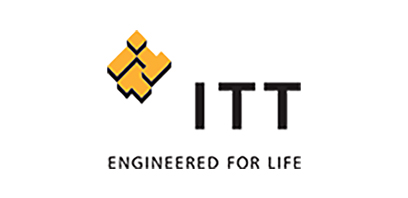PV76W8-33S Product Introduction:
ITT Cannon, LLC Part Number PV76W8-33S(Circular Connectors), developed and manufactured by ITT Cannon, LLC, distributed globally by Jinftry. We distribute various electronic components from world-renowned brands and provide one-stop services, making us a trusted global electronic component distributor.
PV76W8-33S is one of the part numbers distributed by Jinftry, and you can learn about its specifications/configurations, package/case, Datasheet, and other information here. Electronic components are affected by supply and demand, and prices fluctuate frequently. If you have a demand, please do not hesitate to send us an RFQ or email us immediately sales@jinftry.com Please inquire about the real-time unit price, Data Code, Lead time, payment terms, and any other information you would like to know. We will do our best to provide you with a quotation and reply as soon as possible.
Circular Connectors are electrical connections with a circular interface shape. It is usually composed of two parts, plug and socket, through rotation or push and pull to achieve docking, so as to establish the transmission channel of electrical signals. Circular connectors are often designed with a focus on tightness, durability and multi-pin configurations to meet electrical connection needs in a variety of complex environments. Its shell is mostly made of metal or high-performance plastic materials, and the interior contains key components such as precision contact terminals, insulators and locking mechanisms to ensure stable and reliable connection.
Application
Circular Connectors play an important role in several areas. In the aerospace field, circular connectors are an indispensable part of the electrical systems of aircraft, satellites and other aircraft, and are used to achieve high reliability connections between various system modules. In the field of industrial automation, with the rapid development of intelligent manufacturing, circular connectors are widely used in robots, automation equipment, control systems and other occasions to provide stable electrical connection solutions for industrial automation production. In addition, in the fields of Marine engineering, shipbuilding, new energy vehicles, medical equipment and other fields, circular connectors are also favored for their waterproof, dustproof, corrosion resistance and other characteristics.
FAQ about Circular Connectors
-
1. What is a circular connector
A circular connector is a cylindrical electronic connector with a circular mating surface. It belongs to the fifth category of the interconnection classification and is mainly used for interconnection between devices. The design of circular connectors includes many types, such as low-frequency circular connectors, RF coaxial connectors and audio connectors, etc., with a wide operating temperature range from -55℃ to +150℃.
-
2. How to cnlinko 4 pin power industrial circular connector
1. Confirm the voltage, current and frequency:
2. Choose the right environment: In normal environment, regular plugs and sockets can be used. IP67 anti-immersion plugs and sockets are used in harsh environment.
3. Pay attention to the installation of the connector: Make sure that the socket used to install the connector on the power supply line has a cover to prevent electric shock.
4. Check the connector status: Before use, check whether the model, code, number, plug position and direction of the connector meet the requirements of the design and process documents. 5. Correct plugging and unplugging operation: Before plugging, check whether the code, interface, etc. of the plug to be plugged in correspond to the socket, and accurately position them.
-
3. What are circular connectors used for
Circular connectors are mainly used for power connection, signal transmission, mechanical connection, etc. It is a multifunctional electronic connector widely used in various electronic devices and application scenarios.
-
4. How to remove the circular plastic terminal head
1. Use scissors or flat-nosed pliers to cut off or remove the outer shell on the circular plastic terminal head to expose the internal wiring part.
2. Use a screwdriver to loosen the screws on the terminal head to remove the terminal head.
3. Gently pull the terminal head by hand to remove it from the wire.
4. If the terminal head is very tight, you can use flat-nosed pliers or pliers to increase the removal force.
5. If you need to replace a new terminal head, you can insert the new terminal head into the wire and tighten the screws to ensure that the wiring is firm.
 Lead free / RoHS Compliant
Lead free / RoHS Compliant


























